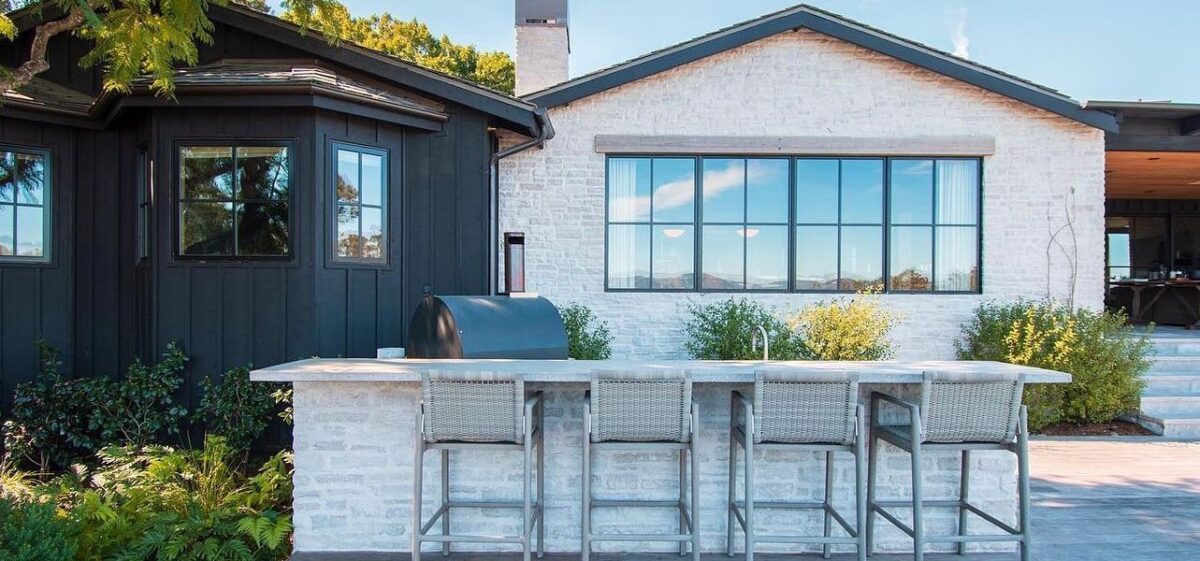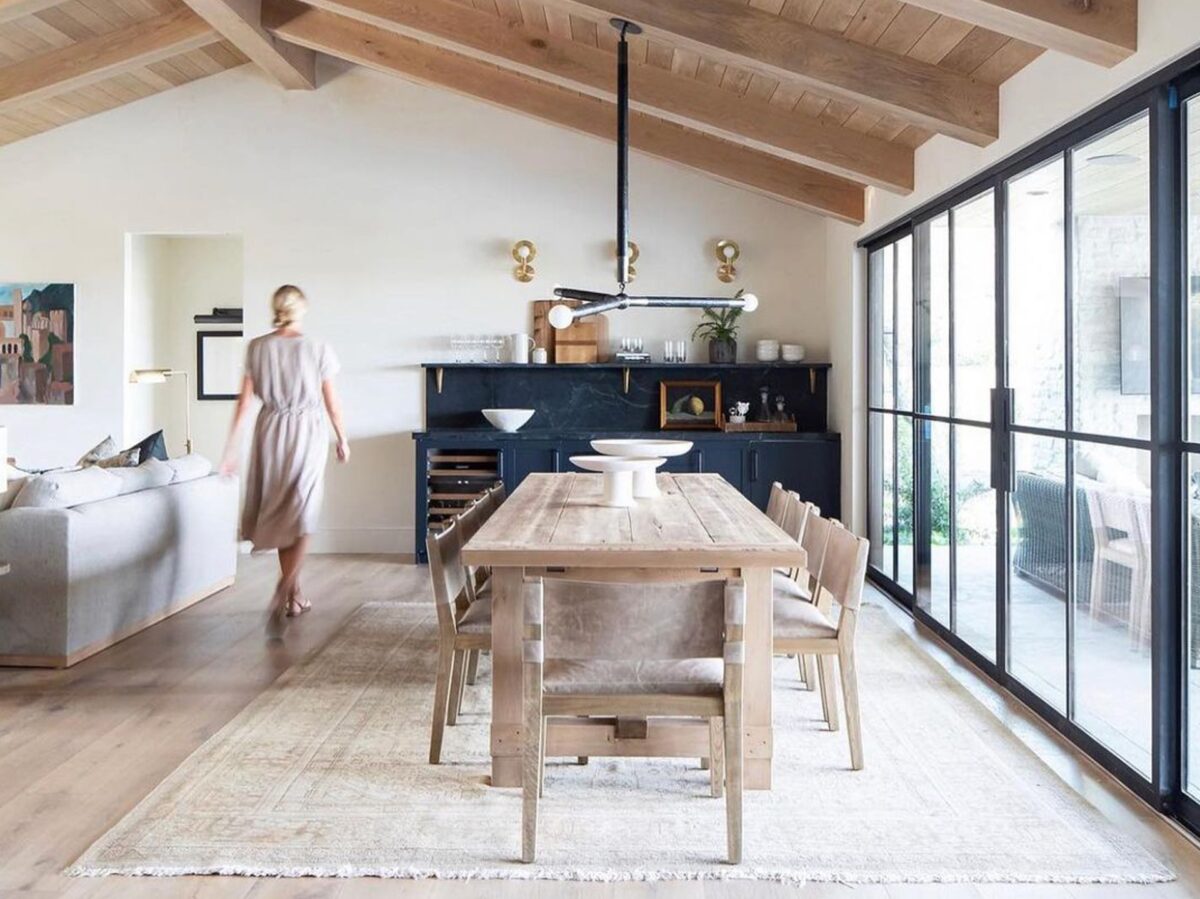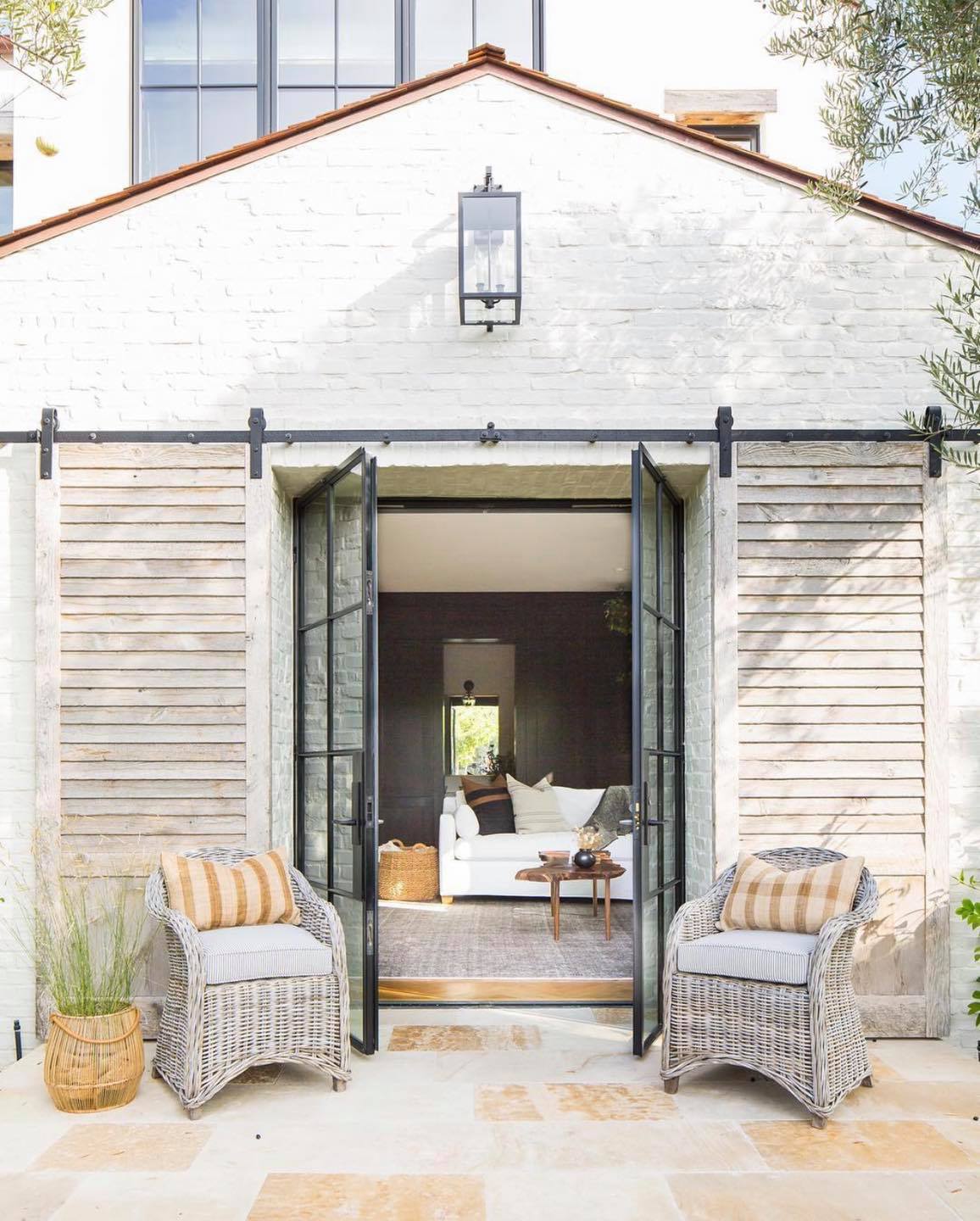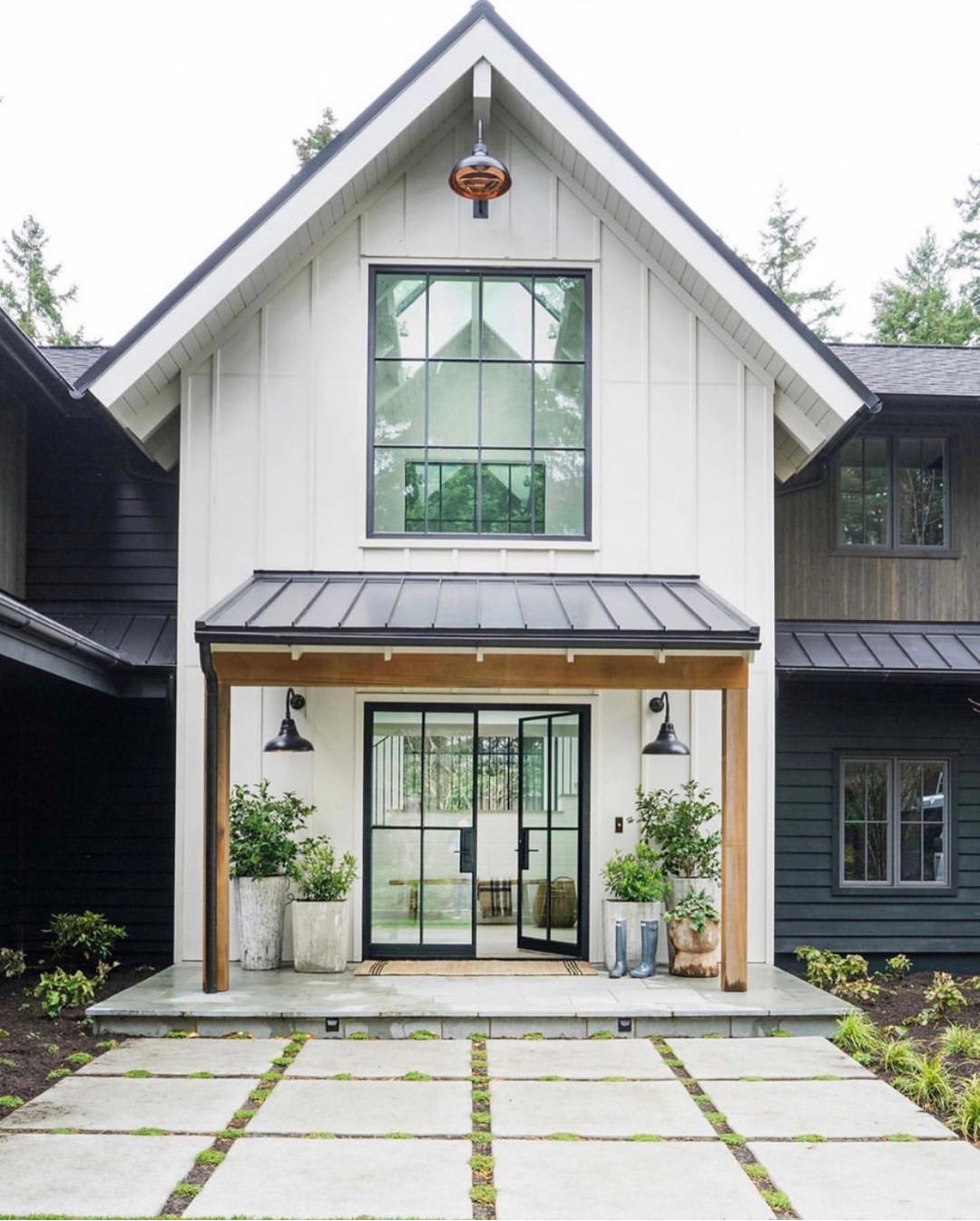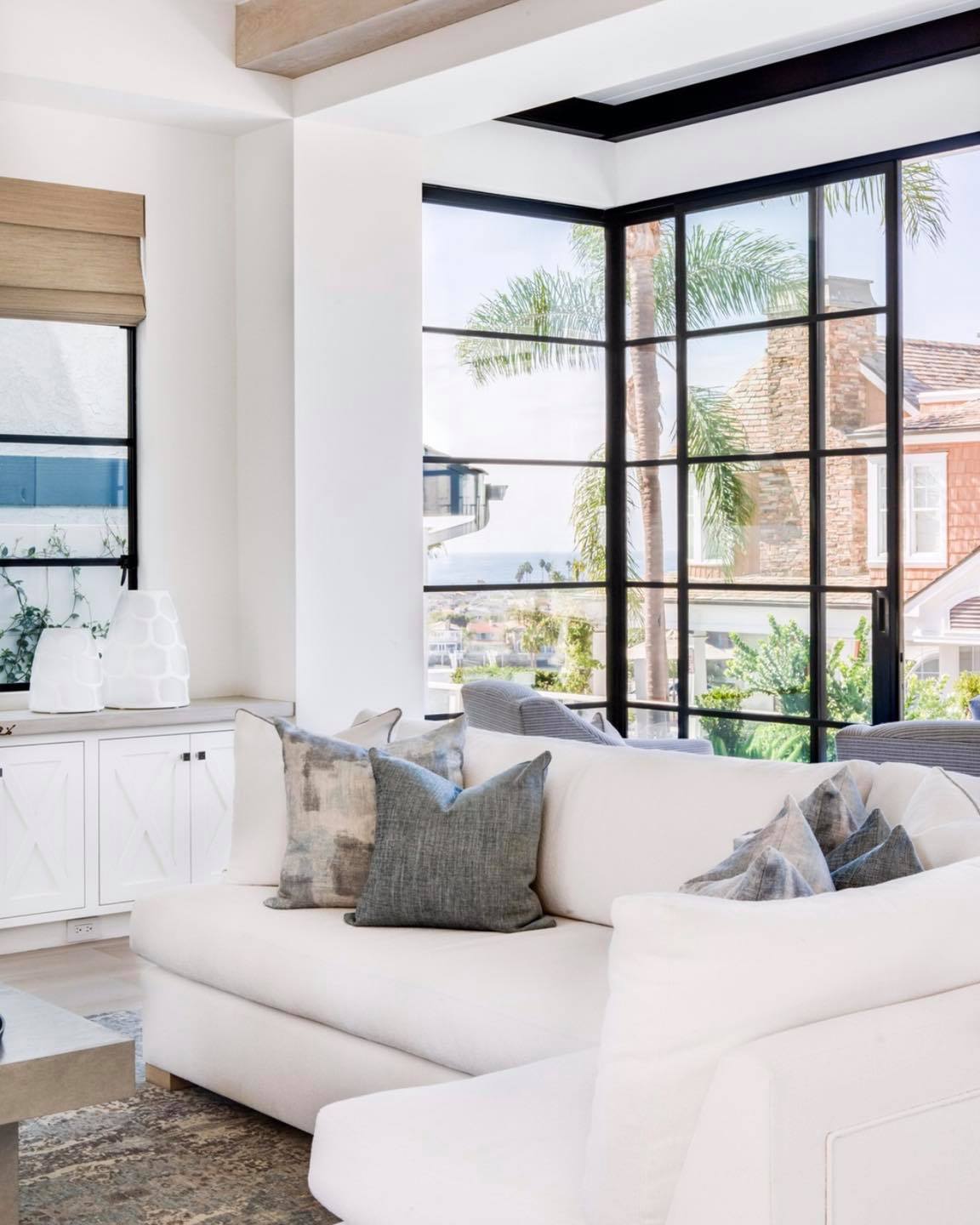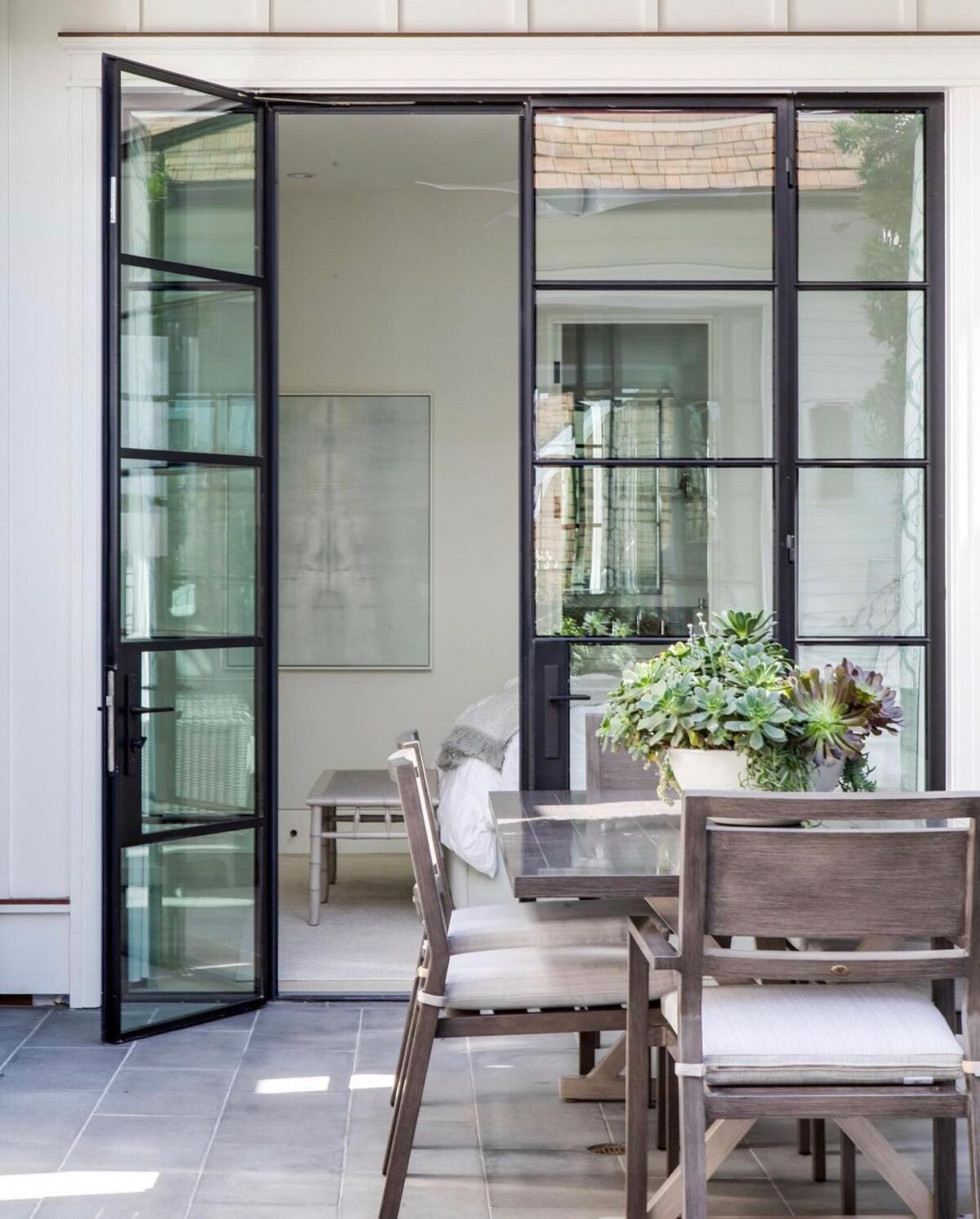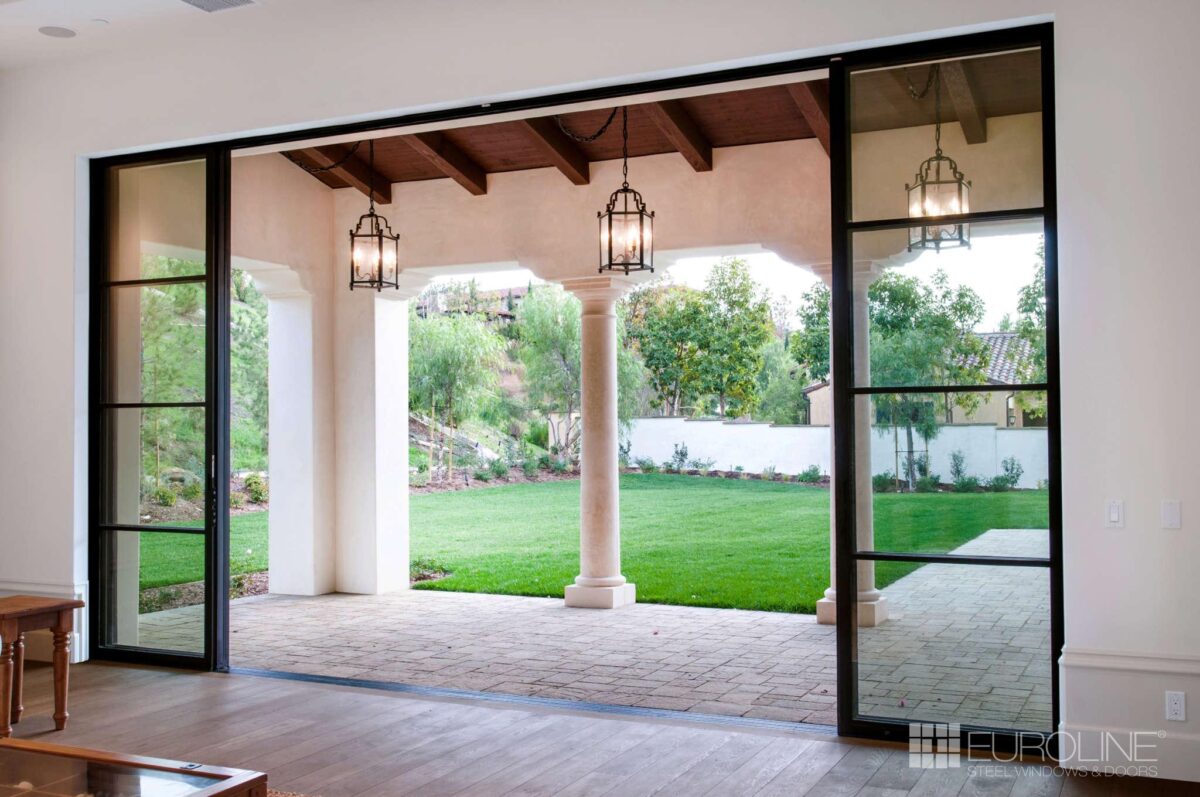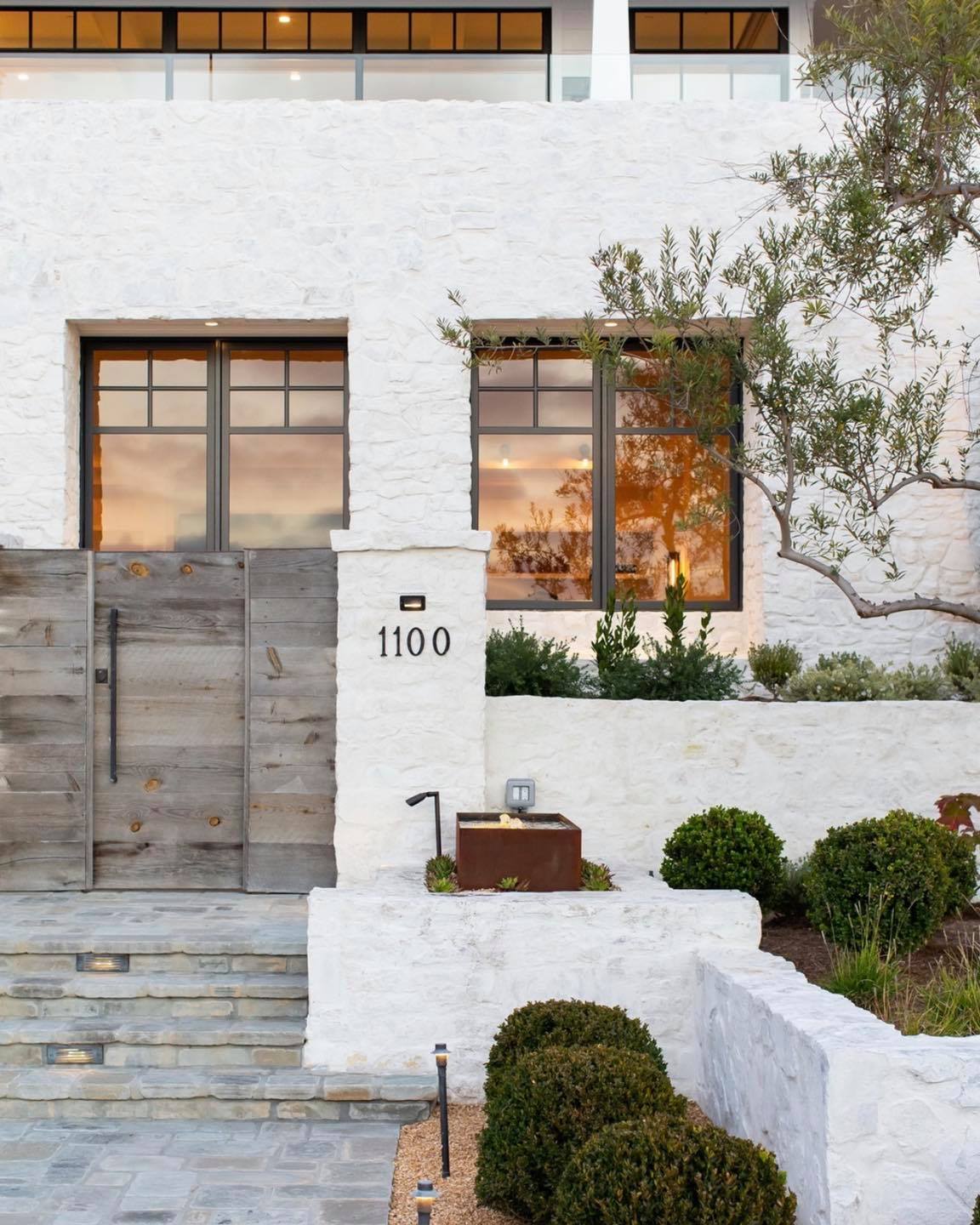Key Takeaways
- Steel doesn’t burn – Unlike wood/vinyl, steel windows resist wildfires
- Double protection – Resists both fire AND impact from debris
- Looks matter too – Safety doesn’t mean sacrificing style
- Energy bonus – Tight seals improve efficiency
- Smart upgrade – Ideal for fire-prone areas
A Home at Risk
Imagine living in a beautiful, modern house perched on a hillside with stunning views. Now imagine that same house sitting right in the path of wildfire-prone areas. That’s exactly where this luxury home was—surrounded by dry brush and flammable materials, making it a high-risk target during fire season.
The owners knew they needed a solution that wouldn’t just look good but could actually protect their home. That’s when they discovered Euroline Steel Windows and Doors—experts in fire-resistant materials and noncombustible materials for both residential buildings and commercial buildings.
Why Steel Windows?
Most homes use windows made from combustible materials like vinyl or wood, which can melt or catch fire easily. But steel windows and doors are different. Steel is naturally fire-resistant, meaning it won’t warp, crack, or burn under extreme heat.
For this hillside home, the owners wanted modern steel windows that could:
- Withstand destructive wildfires
- Resist air infiltration (keeping smoke and embers out)
- Look sleek and high-end
That’s where Euroline Steel Windows and Doors came in.
The Solution: Fire-Resistant Steel Casement Windows
The home needed windows that could handle heat, flying embers, and even hurricane resistance (since strong winds often come with wildfires). The best choice? Steel casement windows with fire-resistant glass.
Here’s why they worked so well:
- Solid steel frames – Unlike wood or vinyl, steel doesn’t burn or weaken in high heat.
- Multi-layered glass – Special fire-resistant glass can hold up against flames and extreme temperatures.
- Tight seals – Reduced air infiltration, keeping smoke and embers outside.
The windows weren’t just functional—they also matched the home’s design intent, with sleek lines and a wide range of custom designs.
Bonus: Impact Resistance for Extra Safety
Since wildfires often come with strong winds and flying debris, the owners also wanted impact-resistant windows. Euroline Steel Windows and Doors delivered with steel casement windows that could handle both fire and storm damage.
The glass used was laminated, meaning even if something hit it hard, it wouldn’t shatter into dangerous pieces. This made the home safer not just from fires but also from extreme weather.
Other Key Features
The project didn’t stop at windows. The home also included:
- Awning windows – Perfect for ventilation without sacrificing safety.
- Hopper windows – Great for basements and lower levels, adding airflow while keeping embers out.
- Curtain wall windows – Large, floor-to-ceiling glass panels that still meet fire-resistant home standards.
Every detail was chosen to balance safety and aesthetic appeal.
The Result: A Home That’s Safe and Stylish
After installation, the home wasn’t just fire-resistant—it was also more energy-efficient. The tight seals on the steel windows and doors reduced drafts, helping with temperature control. Plus, the bronze windows and Empire Bronze finishes gave the house a high-end look.
When wildfire season came, the owners had peace of mind knowing their windows could resist flames and embers. Even if a fire came close, the noncombustible materials in their steel casement windows would hold up far better than traditional options.
What This Means for Your Home
If you live in wildfire-prone areas or just want extra protection, fire-resistant steel windows are a smart choice. Here’s what to consider:
- Material matters – Steel is one of the best non-combustible materials for windows.
- Glass type – Look for fire-resistant glass that can handle high heat.
- Design flexibility – With Euroline Steel Windows and Doors, you don’t have to sacrifice style for safety.
Whether you need awning windows, hopper windows, or curtain wall windows, there’s a fire-resistant option that fits your home.
Why Choose Euroline Steel Windows and Doors?
At Euroline Steel Windows and Doors, we specialize in custom designs that meet the highest safety standards. Our steel windows and doors are built to last, with:
- Fire-resistant materials
- Hurricane resistance (for extra protection)
- Energy-efficient designs
- Aesthetic appeal that fits any home
From modern steel windows to historic buildings, we’ve got options for every style.
Ready to Upgrade Your Windows?
If you’re thinking about making your home safer with fire-resistant steel windows, we’re here to help. Check out our wide range of steel casement windows, awning windows, and curtain wall windows.
Because when it comes to protecting your home, why settle for anything less than the best?

